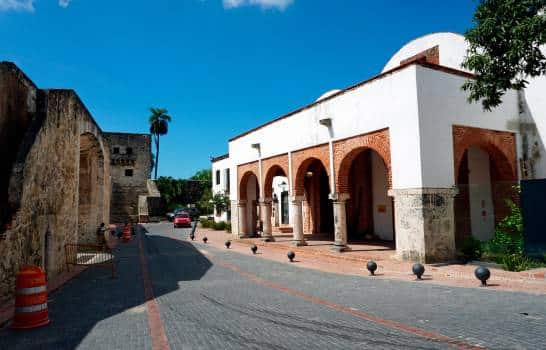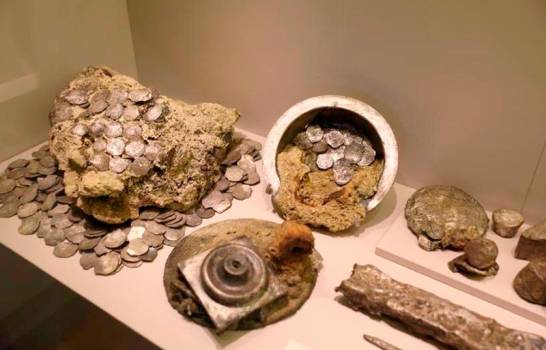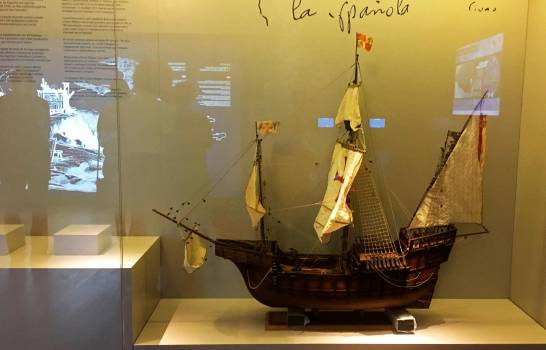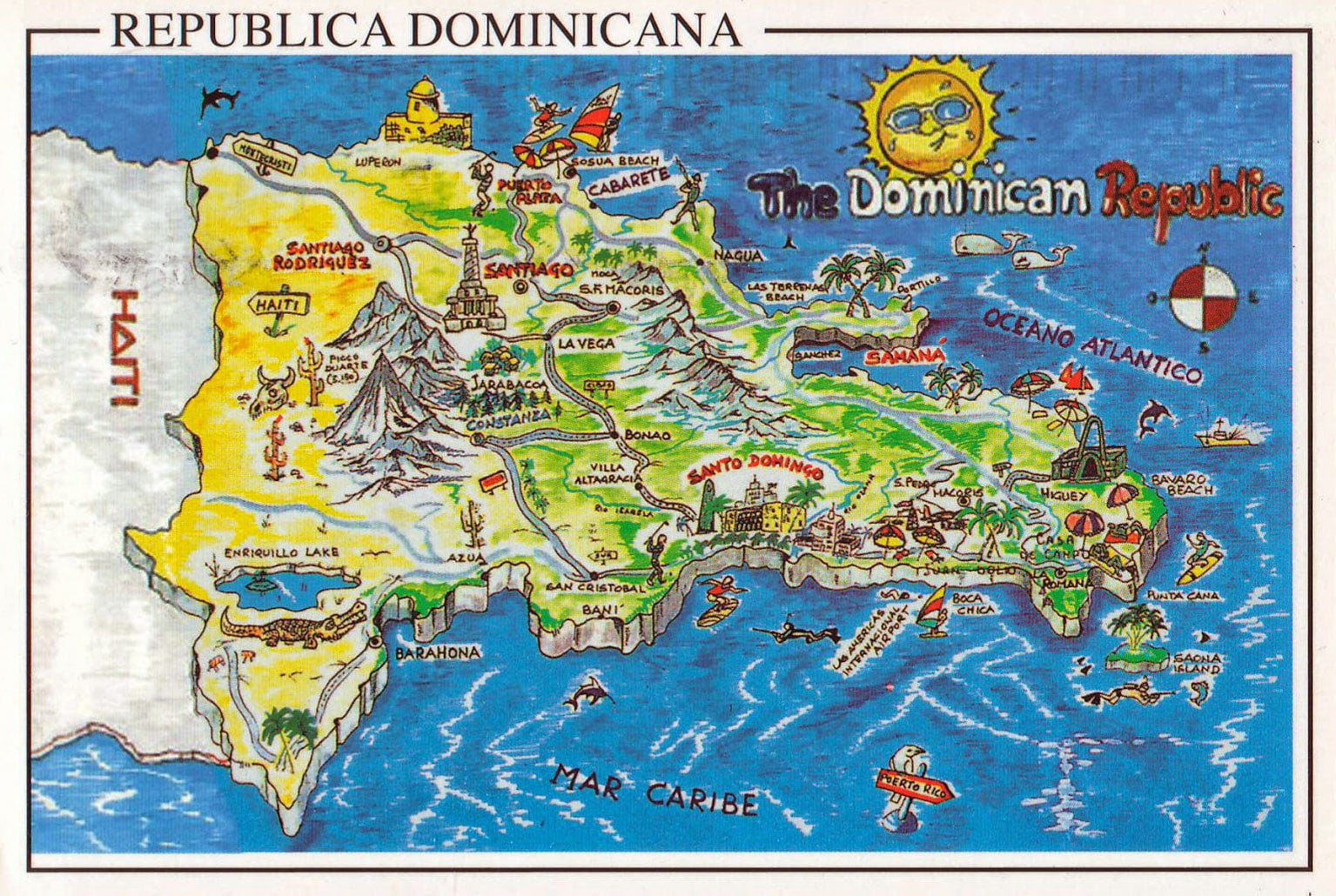Meet the riches of the Museum of Las Atarazanas Santo Domingo Dominican Republic
In the Dominican Republic the first city of the New World was erected. But, much of our history is not in sight, but under the sea. A Dominican and world underwater treasure, of incalculable value, rests in the Museum of the Royal Atarazanas (MAR), a space that collects interesting finds of goods from our seabed originating in shipwrecks that occurred in the waters of the Dominican coast between the Centuries XV and XIX.

The museum opened last December with an investment of 2.6 million dollars houses 1,200 goods and around 50 thousand objects that have been rescued and recreated with the use of technology 12 shipwrecks so far documented on our coasts, including the one that changed the history course: the wreck of the Santa Maria and the arrival to this land of Christopher Columbus.
Life under the sea at the Museum of Las Atarazanas Santo Domingo Dominican Republic
 Another interesting aspect of the SEA is that it has a sensory experience, because in the Amphorary room we can relive the smell of oils, gunpowder, wine, pitch and spices that were transported in jars.
Another interesting aspect of the SEA is that it has a sensory experience, because in the Amphorary room we can relive the smell of oils, gunpowder, wine, pitch and spices that were transported in jars.In another room several audiovisuals are shown with actors that were recorded at the real points where the shipwrecks occurred, such as the Guadalupe Ship in Samana. Also, in another short with 3D technology, it is exposed how it is believed that the Fort of the Nativity was built.
We continue walking and we reach the 17th and 18th centuries, where the establishment of commercial globalization is explained. There are exhibited pieces of families, porcelain brought from Asia, dishes used by sailors, artillery for defense, among others.
The geographical point of our island served as a strategic route between Spain and the Americas. “America also provided food, wood, gold and silver… Without the silver of America there would be no capitalism in Europe. Capitalism was based on an element of exchange that was currency, ”says Wilfredo Feliz.
“This museum should attract attention to alert us, that what remains of those shipwrecks is not looted,” reiterates Maribel Villalona.
French ships are part of our history. “The last battle of Napoleon Bonaparte was on Dominican coasts,” concludes Feliz.
A family lost their lives on the Tolosa ship, whose ship sank off the coast of Samana, where more than 600 people died. It was the Franco family. In the Archive of the Indies of Seville, the story of the sisters Beatriz, Francisca, María, Antonia and Juana Rodríguez Franco, orphans, who were preparing to arrive in Veracruz, Mexico, to the house of their uncle Francisco, was recorded, but they died in the ship because of a tropical storm.

A silver bracelet that belonged to the deceased mother in Cádiz, who was surely on the wrist of one of the sisters, was recovered and displayed in the museum.
This sinking is related in an audiovisual based on a letter written by the surviving don Francisco Barrero Peláez to Don Antonio de Sopeña, president of the Hiring House of Cádiz.
Another point of interest is that of Dutch commerce, whose captain was Juan de Campos. These Europeans were carrying kaolin pipes and one of their ships was found on Cabra Island, in Montecristi. These pipes are displayed in the museum.
The museum is open Tuesday through Friday from 9:00 pm to 5:00 pm, on Saturdays from 10:00 am to 4:00 pm at a cost of RD $ 200 adults and RD $ 100 children.
The Museum of the Royal Atarazanas is located at Calle La Atarazana corner Vicente Celestino Duarte street, No. 3, Colonial City.
Discover our cultural heritage extracted from the bottom of the sea at Museum of Las Atarazanas Santo Domingo Dominican Republic




